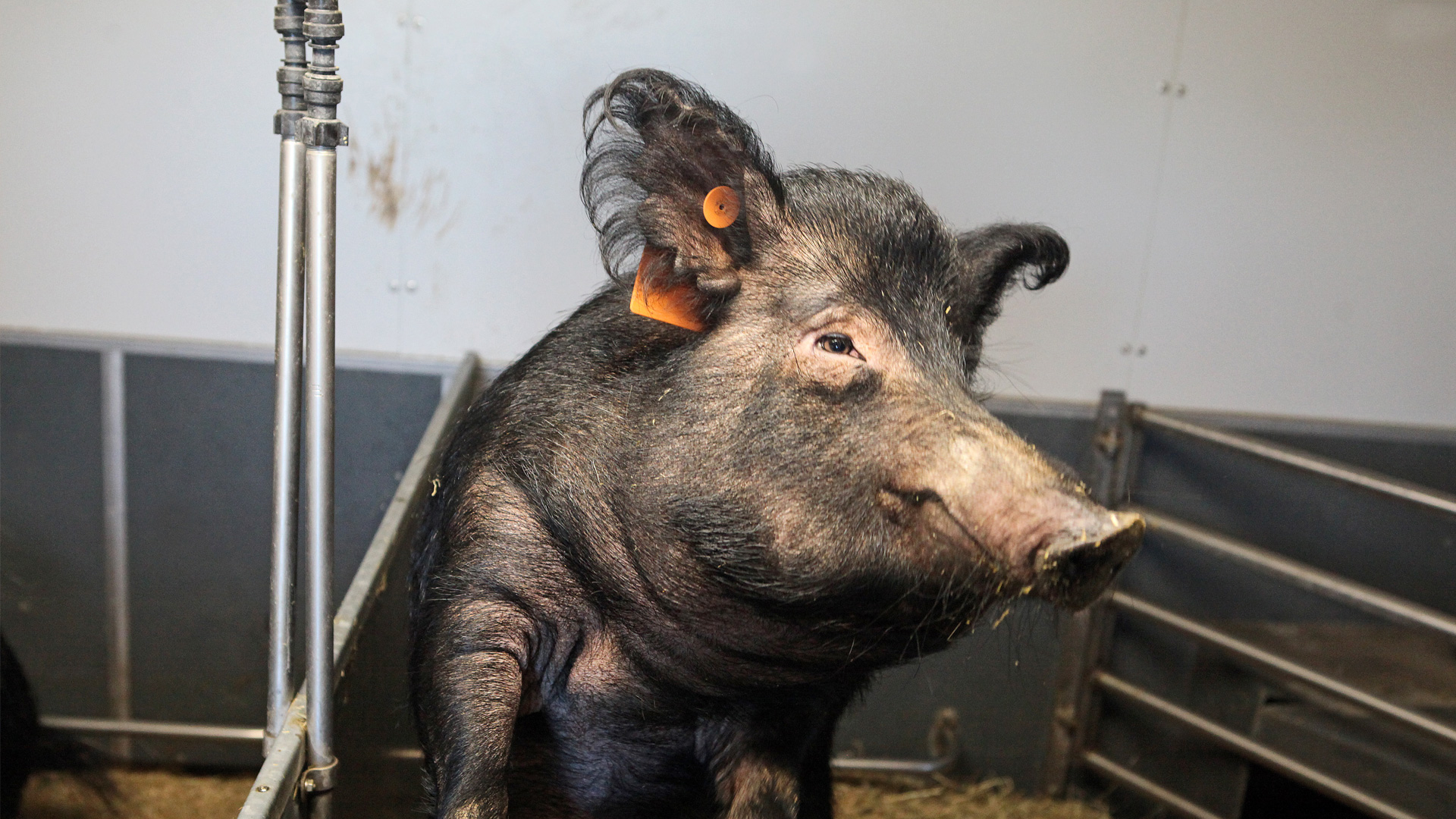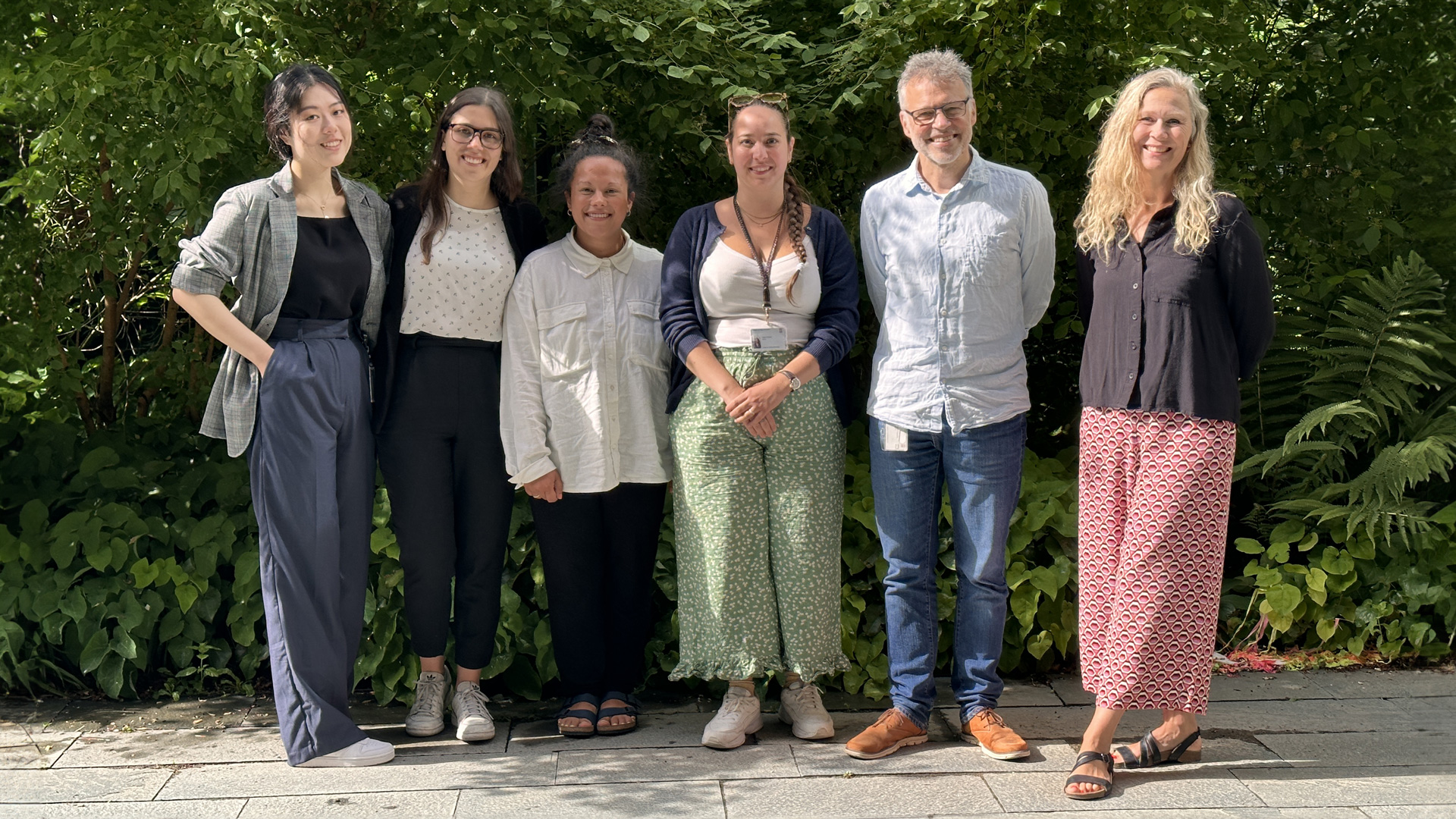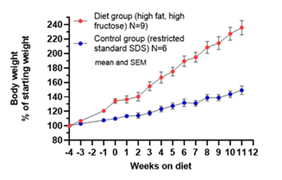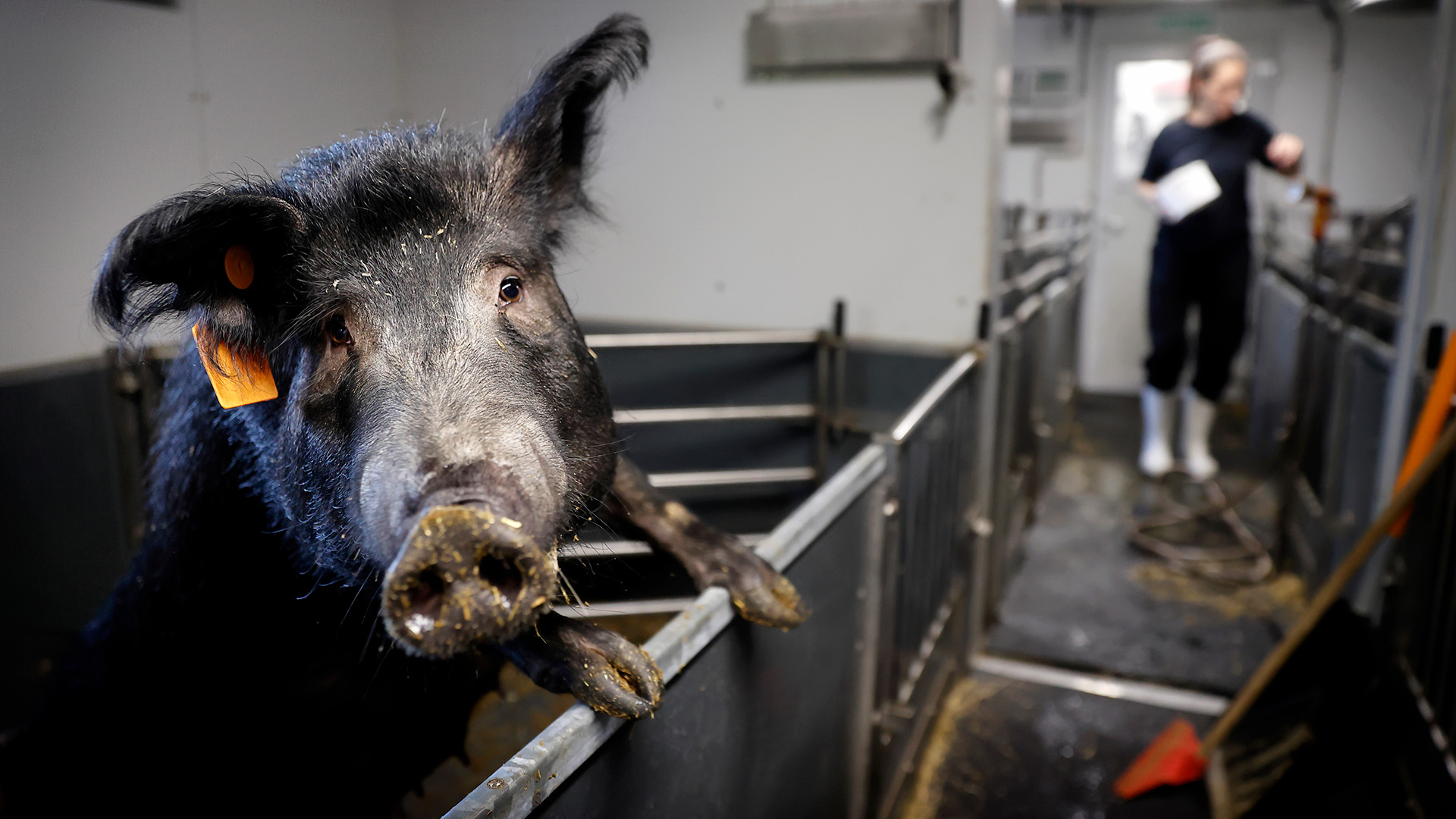Teaching in courses:
Research Group
Innate Immunology and Metabolism

Group leader: Peter M. H. Heegaard
We work with the innate immunology and metabolism of inflammation with a focus on chronic inflammatory states in a highly translational big animal model of obesity/metabolic syndrome (the Ossabaw pig).
Obesity (OB) has been defined as a chronic, relapsing progressive disease with multiple associated comorbidities that significantly contribute to morbidity and mortality. The World Health Organization (WHO) estimates that approximately 2 billion adults are overweight (BMI>25) and more than half a billion are obese (BMI>30).
Obesity is part of the so-called metabolic syndrome, which is a group of risk factors for widespread, serious and chronic diseases including cardiovascular diseases, type 2 diabetes, non-alcoholic fatty liver disease, and stroke. The metabolic syndrome has suggested connecting these comorbidities through a state of chronic inflammation, however the details of how inflammation, and more generally innate immune mechanisms, contribute to obesity irreversibility and comorbidity development are not known.
Based on the extensive experience with pig immunology in the group our aim is to identify innate immune and metabolic signatures (=biomarkers) and innate immune mechanisms (=target discovery) in the Ossabaw pig model of obesity. This model is highly translational and exploits the remarkable propensity of the American Ossabaw pig for obesity, accompanied by a complete metabolic syndrome. For this purpose we established the DTU Ossabaw facility in 2018, the only one outside the US. In addition to the study of biomarkers and basic innate immune mechanisms of obesity comorbidity development, a key activity is to validate and consolidate the Ossabaw pig model for obesity and expand the characterization of the basic innate immune, genomic, metabolic and transcriptomic parameters of the model.
The animal model work is significantly supported by the presence of advanced platforms for immunoassay development, high-throughput transcriptomics, cellular characterization, sequencing and mass spectrometry as well as on-site section rooms and bioimaging (Translational Imaging Center) facilities at DTU Health Tech. In addition, the prioritized research areas at DTU Health Tech, such as diagnostic imaging, surgical technology, precision diagnostics and personalized therapy create a unique and active, mutually beneficial environment for further exploration of the Ossabaw pig model.
We also work with other aspects of pig innate immunology, including method development for control of infections in pigs, pig infection responses and with diagnostic method development.
Left: Weight development in typical short term (3 months) diet experiment in Ossabaw pigs
Right: Plot showing synteny between Ossabaw genome and Duroc reference genome (Zhang et al. 2021)
Left: Weight development in typical short term (3 months) diet experiment in Ossabaw pigs
Right: Plot showing synteny between Ossabaw genome and Duroc reference genome (Zhang et al. 2021)

Group Leader
Peter M. H. Heegaard Professor Department of Health Technology Phone: +45 35886241 pmhh@dtu.dk




